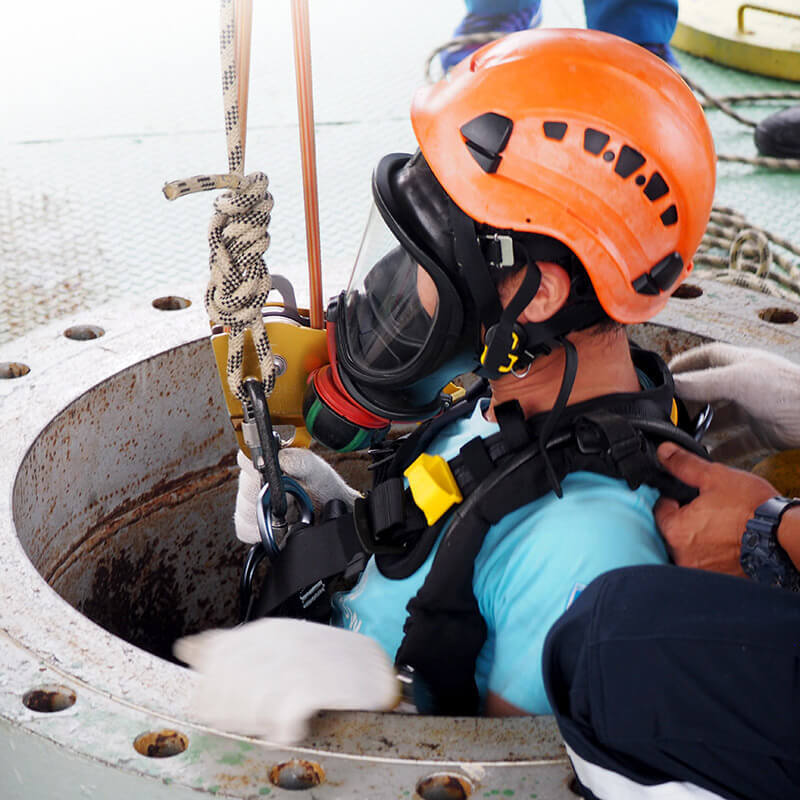Product Description
- Web Sling Shackle is designed to connect synthetic web slings and synthetic round slings to eyebolts, pad eyes, and lifting lugs
- All alloy construction
- Design Factor of 5:1
- Each shackle has a Product Identification Code (PIC) for material traceability along with a Working Load Limit and the name Crosby forged into it
- Incorporates the same ear spread and pin dimensions as conventional Crosby shackles; allows easy connection to pad eyes, eye bolts, and lifting lugs
- Meets or exceeds all requirements of ASME B30.26, including identification, ductility, design factor, proof load, and temperature requirements; importantly, these shackles meet other critical performance requirements, including fatigue life, impact properties, and material traceability not addressed by ASME B30.26
- Crosby Sling Saver hardware meets the requirements for minimum stock diameter or thickness, and effective contact width shown in the Recommended Standards Specification for Synthetic Polyester Round Slings by the Web Sling & Tie Down Association (WSTDA-RS1)
- Look for the Red Pin®... The mark of genuine Crosby quality
Specifications
Safety Notice
Although Bishop Lifting strives to manufacture and sell the highest quality rigging and safety gear, use of the gear is dangerous if not used correctly by competent trained professionals. Bishop Lifting disclaims any liability resulting from the misuse of its rigging and safety gear. Please take a moment to more thoroughly review our disclaimer.
Bishop Lifting rigging and safety gear is only intended to be used by competent trained professionals. Misuse of the rigging and safety gear can result in serious injury up to and including loss of life. As such, Bishop Lifting disclaims liability for any misuse or incorrect product selection by our customers.
Rigging and safety gear purchased from Bishop Lifting should be used in strict accordance with all industry and OSHA standards. At no time should rigging or safety gear be used beyond its certified load ratings (aka Working Load Limits). Normal wear and tear should be expected with use of rigging and safety gear; therefore, all gear should be thoroughly inspected before each and every use. Worn or unsafe rigging and safety gear should never be used.









